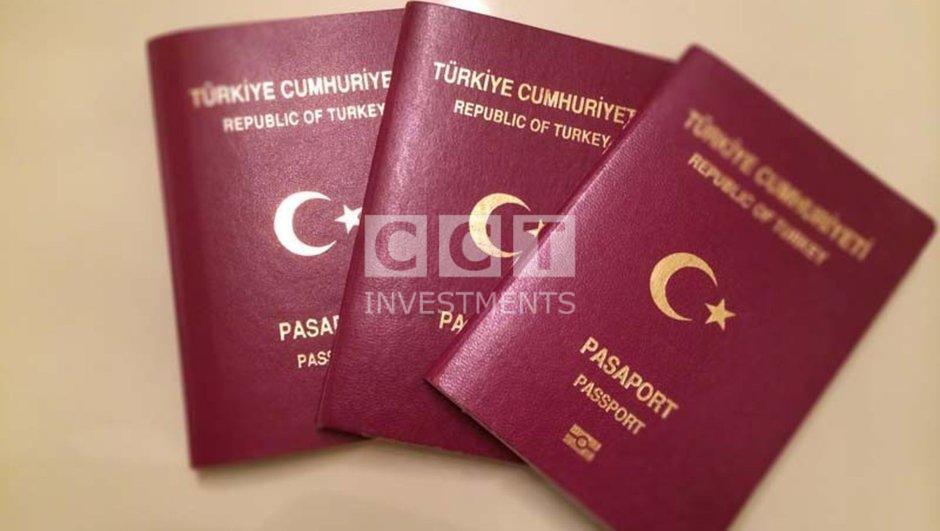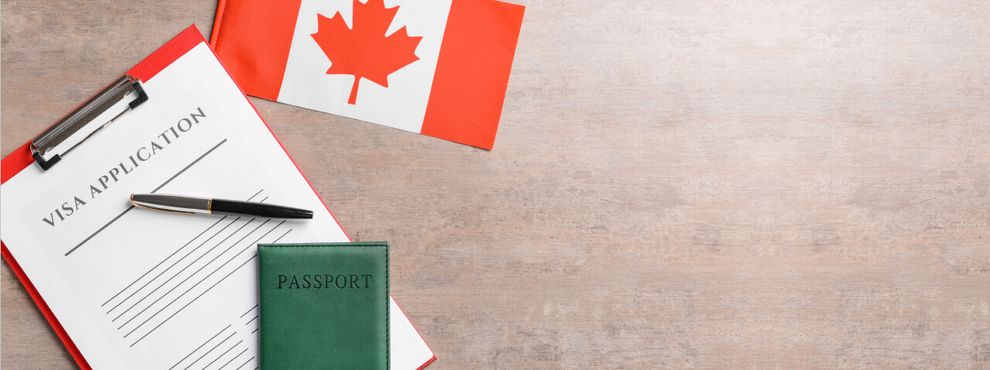Willkommen! Are you a German citizen dreaming of exploring the land of opportunity, the United States? Well, buckle up because we’re about to embark on an exciting journey together – navigating the US visa process! Whether you’re planning a vacation, pursuing higher education, or seeking employment in America, understanding and successfully navigating the intricate visa application process is essential. In this blog post, we’ll be your trusted guide as we share top tips and expert advice specifically tailored for our German friends. Get ready to unlock the doors to your American dreams – let’s dive into the world of US visas! US VISA FOR FRENCH CITIZENS
Introduction: Why US Visas Are Important for German Citizens
If you are a German citizen planning to visit the United States, you may be wondering why obtaining a visa is necessary. After all, Germany and the US have strong diplomatic relations and citizens from both countries can travel visa-free to many parts of the world. However, there are some important reasons why having a US visa is crucial for German citizens who wish to travel to America.
1. Legal Requirement
First and foremost, it is important to understand that having a valid US visa is a legal requirement for entering the country as a German citizen. The United States has strict immigration laws in place and all foreign nationals, including Germans, must comply with them in order to enter the country legally. Failure to do so can result in serious consequences such as denial of entry or even deportation.
2. Restricted Visa-Free Travel
While there are several countries that allow German citizens to enter without a visa, unfortunately, the United States is not one of them. Germany falls under the category of “visa waiver program” which means that its citizens can travel to the US without a visa for up to 90 days for tourism or business purposes only. This restriction applies only if you have an Electronic System for Travel Authorization (ESTA) authorization and fulfill other eligibility criteria.
3. Longer Stay Periods
One of the biggest advantages of having a valid US visa as a German citizen is being able to stay longer than 90 days at a time. With certain
Understanding the Different Types of US Visas
When it comes to traveling to the United States as a German citizen, understanding the different types of US visas is crucial. With various visa categories available and each one with its own set of requirements and limitations, it can be overwhelming to navigate through the visa process. In this section, we will break down the different types of US visas and provide an overview of their specific purposes. US VISA FOR GERMAN CITIZENS
1. Visitor Visas (B-1/B-2):
Visitor visas are one of the most common types of US visas for foreign nationals seeking entry into the country for tourism or business purposes. The B-1 visa is for those traveling for business reasons such as attending meetings or conferences, while the B-2 visa is for individuals visiting for pleasure or medical treatment. These visas usually have a validity period of 6 months and allow multiple entries into the US during that time.
2. Student Visas (F/M):
The F and M visas are specifically designed for international students who wish to pursue academic studies or vocational training in the United States. The F visa is intended for students enrolled in universities, colleges, seminaries, conservatories, academic high schools, private elementary schools or other academic institutions. The M visa is designated for non-academic or vocational studies at institutions such as trade schools or community colleges.
3. Work Visas (H/L/O/P/Q/R):
Work visas are granted to individuals who have been offered employment opportunities in the United States by a company or organization based in the country. There
Step by Step Guide to Applying for a US Visa
Applying for a US visa can seem like a daunting task, especially for citizens of other countries. However, with the right information and preparation, the process can be relatively straightforward. In this section, we will provide you with a step by step guide on how to apply for a US visa as a German citizen.
Step 1: Determine your visa type
The first step in applying for a US visa is to determine which type of visa you need. The most common types of visas for German citizens are tourist (B1/B2), business (B1), and student (F/M) visas. Each type has specific requirements and eligibility criteria, so it’s important to choose the right one based on your purpose of travel.
Step 2: Complete the online application form
Once you have determined your visa type, the next step is to complete the online application form. This form can be found on the website of the US Department of State. It requires personal information such as your name, address, passport details, and travel plans.
Step 3: Schedule an interview appointment
After completing the online application form, you will need to schedule an interview appointment at the nearest US embassy or consulate in Germany. Keep in mind that there may be wait times for appointments, so it’s best to plan ahead and schedule early.
Step 4: Gather required documents
Before attending your interview appointment, make sure you have all the necessary documents ready. These may include:
– A valid passport with at
Required Documents and Forms
If you are a German citizen planning to travel to the United States, it is important to understand the visa application process and what documents and forms are required. This section will provide a detailed list of the necessary documents and forms that you will need to submit in order to obtain a US visa.
1. Passport: The first document you will need for your US visa application is a valid passport. Your passport must be valid for at least six months beyond your intended stay in the United States and should have at least one blank page for the visa stamp.
2. Non-immigrant Visa Application (DS-160): All non-immigrant visa applicants, including German citizens, are required to fill out an online application form known as DS-160. This form collects biographical information, travel plans, and other relevant details about the applicant.
3. Photo: Along with your DS-160 form, you will also need to upload a recent photograph taken within the last six months that meets specific requirements set by the US embassy or consulate where you will be applying.
4. Application Fee: There is a non-refundable fee associated with every US visa application which must be paid before scheduling an interview appointment. The amount varies depending on the type of visa being applied for and can be paid online or at designated bank locations.
5. Proof of Funds: To demonstrate that you have enough financial means to cover your trip to the United States, you may be asked to provide evidence such as bank statements, payslips
Fees and Processing Times
Fees and Processing Times for US Visa Applications
Applying for a visa to enter the United States can be an overwhelming process, especially when it comes to understanding the fees involved and how long it will take for your application to be processed. In this section, we will provide you with all the necessary information regarding fees and processing times for US visa applications as a German citizen.
1. Understanding the Different Types of Fees
The first step in understanding the fees involved in the US visa process is knowing which type of visa you need. The fee amount will vary depending on the type of visa you are applying for, such as tourist, work, or student visa. It is essential to note that these fees are subject to change at any time. Therefore, it is important to visit the official website of the US Embassy in Germany before submitting your application to ensure that you have accurate fee information.
2. Nonimmigrant Visa Application Fee (MRV)
The nonimmigrant visa application fee must be paid by all applicants except those who are exempt from paying a fee based on their country’s reciprocity agreement with the United States. Generally, this fee is $160 but may vary depending on your visa category.
3. SEVIS Fee
If you are applying for an F-1 or M-1 student visa or J-1 exchange visitor program, you will also need to pay a one-time SEVIS (Student and Exchange Visitor Information System) fee before attending your interview at the embassy or consulate.
What Happens After You Receive Your Visa?
After successfully obtaining your US visa, there are a few important steps to take before traveling to the United States. In this section, we will discuss what happens after you receive your visa and what you need to do in order to smoothly enter the country.
1. Check Your Visa for Accuracy:
The first thing you should do upon receiving your visa is carefully check all the information on it for accuracy. Make sure that your name, date of birth, passport number, and other personal details are all correct. If you notice any errors or discrepancies, contact the embassy or consulate immediately to get them corrected.
2. Understand Your Visa Type:
It is crucial to understand the type of visa you have been issued and its restrictions before making travel plans. There are several types of US visas such as tourist visas (B-2), work visas (H-1B), student visas (F-1), and exchange visitor visas (J-1). Each type has its own specific purpose and limitations. For example, if you have been issued a B-2 tourist visa, you are not allowed to work during your stay in the US.
3. Plan Your Travel Dates:
Once you have verified the accuracy of your visa and understood its limitations, it’s time to plan your trip accordingly. The validity period of a US visa determines how long you can stay in the country from the date of entry until the expiration date written on your visa stamp. It is essential that you plan your travel dates within this timeframe as



